Biden to rally support for Social Security in one of first major speeches since leaving office
CHICAGO (WGN) – Former President Joe Biden will be in Chicago on Tuesday to speak at the national conference of Advocates, Counselors and Representatives for the Disabled in an effort to rally bipartisan support for Social Security. Biden is listed as the headliner for the event, which...
Read moreDeath toll in Dominican Republic disaster nears 250 as nightclub faces lawsuits
Jet Set nightclub is owned by Antonio Espaillat, the second-largest broadcaster in the Dominican Republic and owner of 50 radio stations.“From the very beginning we have been collaborating fully and transparently with authorities,” Espaillat said in a video posted on Instagram shortly after...
Mr. Wonderful Explodes on ‘Shark Tank’ After Participant Rejects Him In Front of Millions
The “Shark Tank” reality competition series is known to produce heated exchanges between its investors, such as Kevin “Mr. Wonderful”...
Tuesday is the deadline for Eaton, Palisades fire debris removal forms to be submitted
Tuesday marks the deadline to submit right of entry and opt-in (or opt-out) forms for government-run wildfire debris removal. Property...
‘The Rehearsal’ Season 2 Is About More Than Aviation Safety
Nathan Fielder is kind of spooky. From the meta corporate satire of “Dumb Starbucks,” an ingenious viral stunt from his...
REAL ID: What is it, how to get one in Virginia
VIRGINIA (DC News Now) -- Planning on traveling soon? If so, you will want to ensure you have a REAL...











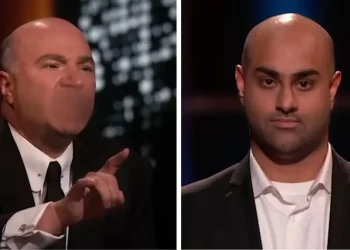



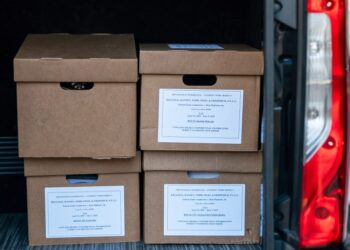
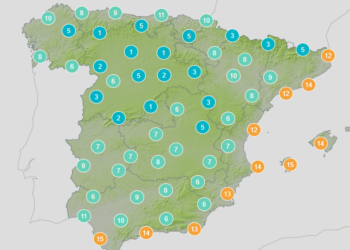
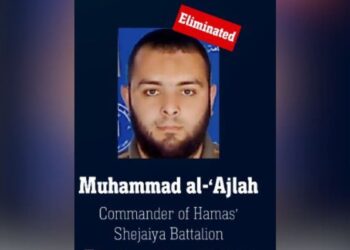


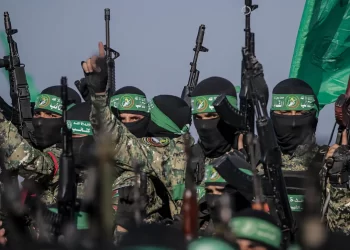





 Al Jazeera English | Live
Al Jazeera English | Live






















